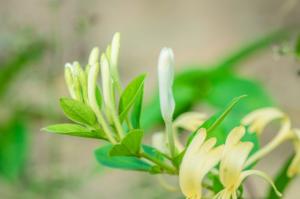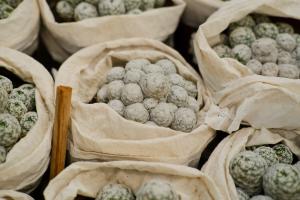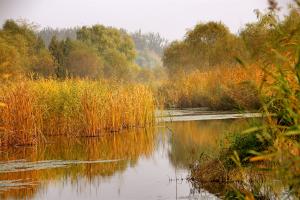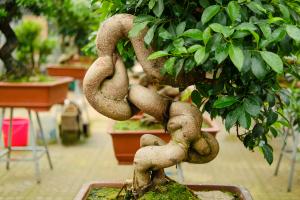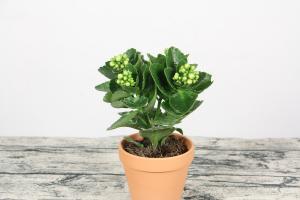1. The shape and characteristics are different
Qiangen grass:
Qiangen grass is a kind of herb. Its roots are thin, about 10cm long, and there are many adventitious roots. The stem is also very thin. There are many branches at the base. The size of each branch is about 10 to 20 cm, and there are sparse soft hairs on it. The leaves are opposite, oval, oblong and obovate. The front top is round, and the base is a little oblique, not very symmetrical, like round or heart-shaped, with fine serrations on the edge
Euphorbia:
Euphorbia is often wrinkled and rolled together, and it is a little bent. Although the stems are also very thin, they are forked and branched together, with purplish red on the surface. They are relatively smooth and have no hair, or sometimes have some white fine pilose hair. It is very brittle and easy to break. The broken place is yellow and white, and the middle is empty. Although the leaves are opposite, the color is light red with short handle or no handle. The leaves are more wrinkled or have fallen, but the leaves are long oval after unfolding. So if you compare them carefully, they are still very different
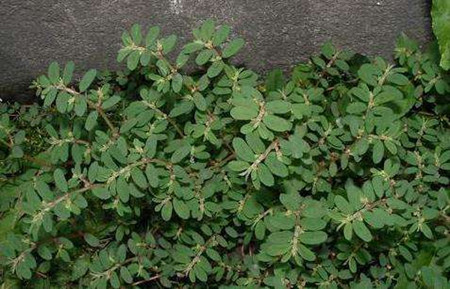
2. The efficacy and function are different
Qiangen grass: qiangen grass tastes a little sour and slightly cool. It can mainly relieve itching and other skin diseases. Generally, it is boiled with clear water according to professional guidance, and then it can be used to wash the affected area, such as dysentery, eczema, hemorrhoids and so on
Herba euphorbiae: Although Herba euphorbiae also has the effect of clearing heat and detoxification, it is different for some diseases. Its taste is Xinping and can help us cool blood and stop bleeding. Generally, it is harvested in summer and autumn, remove impurities and dry it in the sun. It can treat some blood in urine, blood in stool, metrorrhagia and so on. Therefore, the effects of the two are different
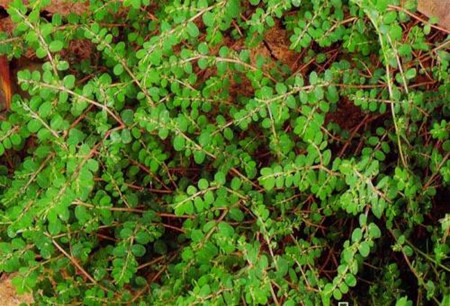

 jackfruit
jackfruit snake plant
snake plant hibiscus
hibiscus hydrangea
hydrangea lavender
lavender Green roses climb al...
Green roses climb al... If you don't pay att...
If you don't pay att... Management of four g...
Management of four g...
